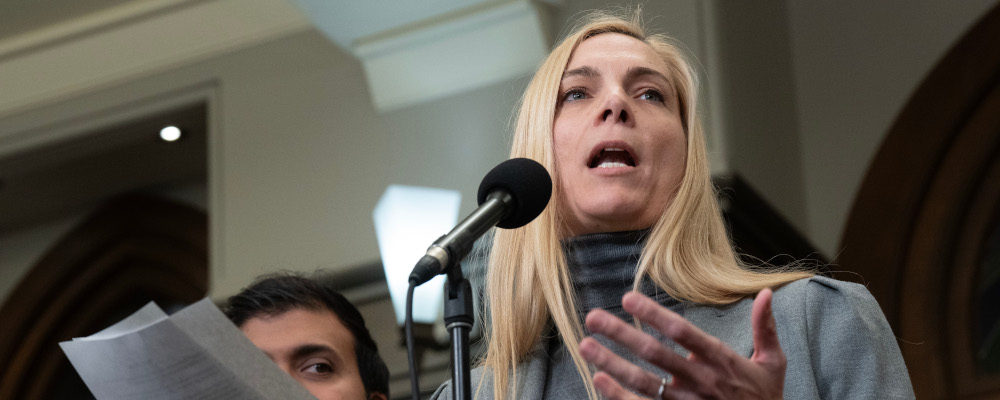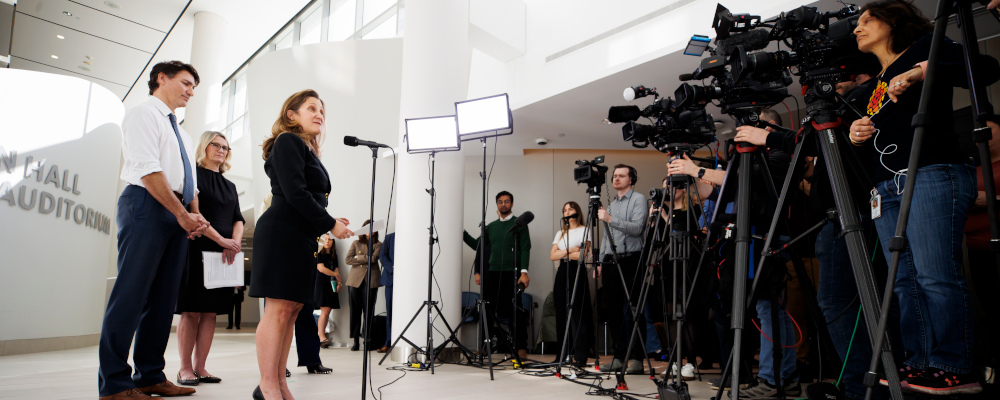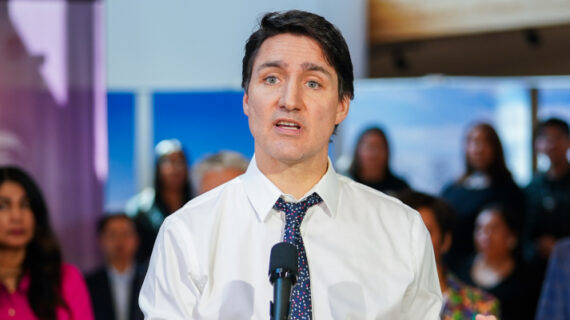Readers will have seen this week our appeal for free Hub members to become paid subscribers. Some of you might be wondering: why the push now? And why is The Hub’s news and journalism deserving of my financial support?
Let me explain, as our campaign is about more than The Hub. It goes to the heart of the now sweeping intrusion of government into the funding of journalism in Canada and its implications for news and information consumers like you.
The largess began with the 2019 federal budget and the first-ever labour tax credits for producers of written digital news. Fully $360 million was set aside over five years to support media outlets (not including broadcasters), who were able to convince a panel of political appointees that they were mostly engaged in the production of “original news” content.
The subsidies were snapped up by privately owned media outlets (you can see a partial list here as there is no formal requirement for newsgroups to report they are taking government funds) from Canada’s paper of record, the billionaire-owned The Globe and Mail, to local and regional outlets across the country. Thanks to the media’s aggressive lobbying, the program was enriched to the tune of $129 million in the 2023 fall economic statement so that “qualified” outlets can now claim nearly $30,000 in subsidies for every journalist they employ.

Around the same time, the federal government established (and just this month renewed for three years) its so-called “Local Journalism Initiative.” This now almost $130 million program currently funds upwards of 400 journalists’ salaries up to $60,000 each who cover “the diverse needs of Canada’s underserved communities.” Participating news organizations must have or adopt a hiring policy “promoting diversity and inclusion” and acknowledge the government’s financial support by featuring the Canada Wordmark (“Canada” with the Canadian flag on the final “a”) in their publications. Editorial guidelines helpfully remind news publishers to display the Government of Canada wordmark “…in print on the front page or in the masthead, and online on the homepage…” How this promotes the best traditions of an independent press capable of holding the powerful to account, including government, is frankly anyone’s guess.
This surge in government subsidies for the news media ratcheted up yet another notch in 2023, with the debut of the Online News Act. After a torturous legislative and regulatory setting process that prompted Meta to ultimately block news sharing on its platforms, the government was able to extract from Google a $100 million annual pledge (indexed to inflation) to fund news journalism. This time, coerced Big Tech, not big government, will work with a yet-defined news media association to parcel out subsidies to a smorgasbord of publishers, broadcasters, local media, First Nations and French language media outlets, and the CBC, as proscribed by federal regulation.
The Online News Act monies, combined with the recently enhanced labour tax credits, the Local Journalism Initiative, Google funding, plus tax credits for digital news subscriptions, will bring about a truly bizarre state of affairs for the news media. Fully half of the salaries of most journalists working for private companies will be paid for by, in one form or another, direct or indirect subsidies. In Quebec, thanks to a provincial tax credit, the subsidy will approach 100 percent of the salaries of journalists earning up to $75,000 per year.
Remember that all this government largess being heaped on private, for-profit news companies is happening alongside the CBC’s $1.4 billion dollar-a-year public subsidy and the massive national news operation it helps to underwrite.
In sum, it is by no means a stretch to claim that in the coming year, almost all the news journalism we will consume will be produced by reporters and editors whose salaries are majority funded by one type of subsidy or another.
We also know that in the next 18 months or so there will be a federal election. It will be a high-stakes campaign with sharply different visions of the country’s future on offer. And it will be fought for the first time in an information environment where the majority of the salaries of most news journalists—including at private media outlets—will be subsidized by the policies of the party in power.
To state the obvious, we (the news media) are facing an “own goal” of epic proportions. Specifically, how do we think the only 37 percent of English-speaking Canadians who say they trust the press are likely to react when they suss out that almost all the news they are consuming is directly or indirectly government-subsidized? Will they be more or less likely to trust us? Will they take our reporting as factual, or government-funded spin? The complicity of silence of the “news industry” on these questions, ones that go to the core of what the profession of journalism is supposedly all about, is as appalling as it is inexcusable.

Editors and journalists will protest that they aren’t corrupted by the government’s lucre, and for most, this will be true. But we live in an age of conspiracy theories, disinformation, and bad faith actors. All three will ensure that government-subsidized “news” journalism at scale becomes something far less than what our democracy urgently needs: truly independent, arm’s length reporting.
There is a good faith argument we’ve encouraged at The Hub about whether news journalism is a public good that merits government support in a moment of sweeping technological disruption. But assuming that conspicuous rent-seeking from government by private news providers is consequence-free strains credulity. Instead of saving journalism, the blind rush to subsidize newsgathering risks destroying what little remains of the industry’s credibility.
As The Hub enters its fourth year of publication and starts gearing up to cover the coming federal election, we are purposely choosing to hoe a harder row than the mainstream media: producing original news journalism not funded by the current subsidy regime. In the process, we will turn down hundreds of thousands of dollars in potential government subsidies because we cannot in good conscience take these funds and claim to be truly independent.
This is why we are now asking you, our 25,000+ free subscribers, to become paid supporters of our news journalism. It’s your generosity that helps us hire fiercely independent reporters and editors who know their salaries are paid for by readers like you and not by the incumbent government and its policies.
In sum, support a future for independent journalism by supporting The Hub.
Rudyard Griffiths, Publisher, The Hub




